#artselfie from Museum of Modern Art in Warsaw
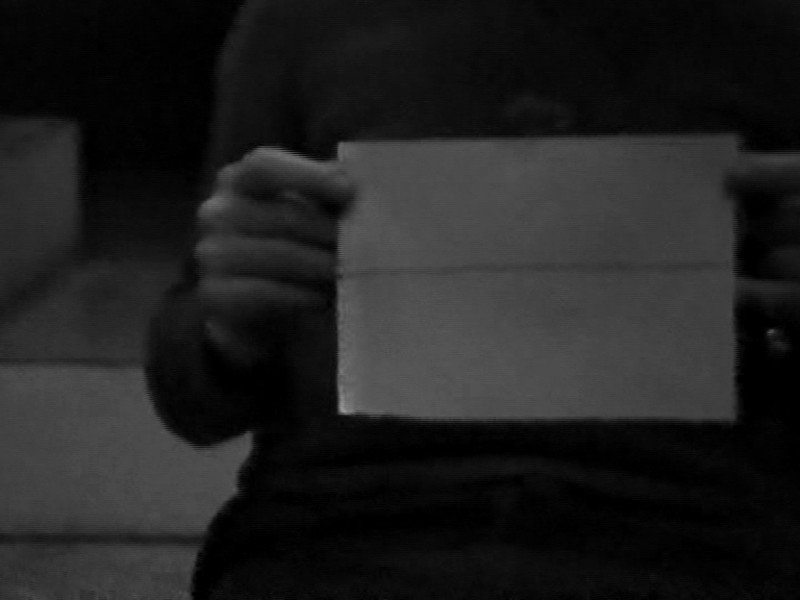
Line
In his video work Line, Paweł Kwiek pursues further his earlier film experiments related to the concept of Objective Documentary about a Man. Kwiek asked a group of people who came to his performance at Znak Gallery in Łódź to draw a line of whatever shape on a piece of paper. Then, that line provided a “score” for Kwiek to capture a given person on camera. As it was the case with Objective Documentary about a Man (much informed by the theory and practice of Oskar Hansen’s Open Form), also here Kwiek created a situation where it was the portrayed person who shaped the language of description, while the cameraman only carried out their commands. The material features the following participants to Kwiek’s event: Urszula Czartoryska, Ryszard Waśko, Józef Robakowski, Janusz Zagrodzki, among others.
Paweł Kwiek
(born 1951) He is one of the most interesting Polish neo-avant-garde artists of the 1970s. He was simultaneously involved with the Łódź Film Form Workshop (as one of its main activists), and a Warsaw-based group of artists fascinated by Oskar Hansen’s Open Form theory and its practical applications.
1972 Ja i telefon
1972 1, 2, 3... Ćwiczenie operatorskie
1979/2008 Międzyrysunki
1978 Linia
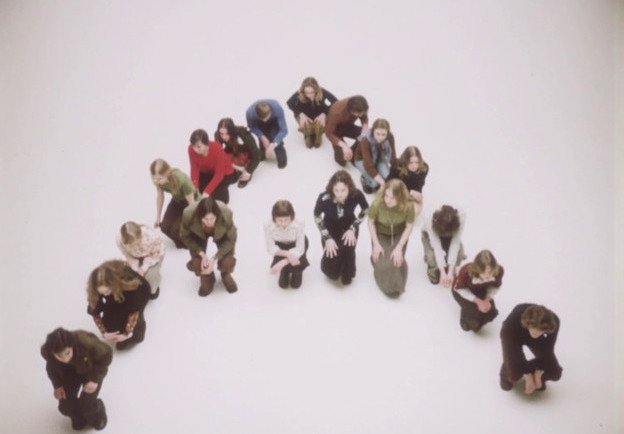
Living Gallery: Action January 18, 1975
In one of the chapters of Józef Robakowski's 1975 film Żywa galeria (Living Gallery), a group of colorfully dressed young people shows up in the film studio. They use their bodies to form the words 'ANDRZEJ LACHOWICZ' on a white floor. The performance is filmed from above. One more time, the artist says: "I am the others", and demonstrates his ubiquity in an almost totalitarian fashion.
Andrzej Lachowicz
(born 1939) a graphic designer, photographer, painter, filmmaker and art critic. He studied at the University of Science and Technology in Cracow (1957-1960), then at the Academy of Fine Arts in Wrocław in the class of prof. Stanisław Dawski. Since 1968 he is a member of ZPAF (Union of Polish Art Photographers). In the years 1970-1981 he led the Permafo gallery. In his work, Lachowicz develops the theory of permanent art, which main aspect is the "never-ending". His most famous works are the cycles, initiated in the 1960s: Shadows, Typologies, Transplantations.
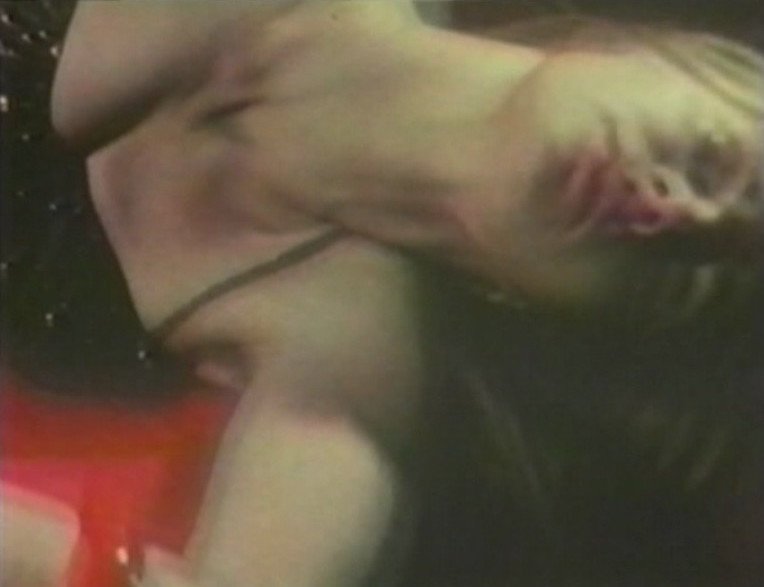
Day after Day
Owing to the expressive structure, based on repeated shots, the film visualises in a very dynamic manner the emotions and subconscious desires of the artist. She experiences her micro-environment by focusing obsessively on ordinary objects, whose existence loses its rationality in the course of the arranged situations.
The fascination with things is reduced here to the level of uncontrollable physical attraction, which seems to lay bare the void that material goods promise to fill. Yet the artist also situates the body at the centre of attention. It is not only a tool of expression, a liaison between reality and imagination, but also a self interacting with material reality, both physically – negotiations of boundaries between the body and the external world – as well as ideologically. For Tyszkiewicz also investigates here the domain of gender performativity and the sphere of objects that affect the perception of female sexuality.
References: D. Crowley, The Art of Consumption, in: 1,2,3... Avant-gardes. Film/Art Between Experiment and Archive, eds. Ł. Ronduda, F. Zeyfang, Warsaw 2006; Ł. Ronduda, Polish Art of the 70s Avant-garde, Warsaw 2009.
Teresa Tyszkiewicz
Artist (born 1953, Ciechanów) works with photography, experimental film, drawing, performance, painting, three-dimensional objects, and sculpture.
1979 Stałe zajęcie
1980 Druga strona
1981 Adaptacja
1981 Oddech
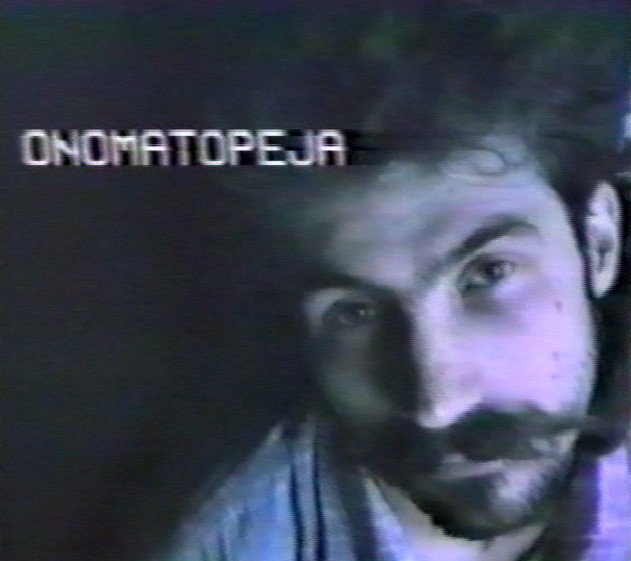
Audiophile
The artist formed in the mid-1980s an artistic commune (alongside Zbigniew Libera, Barbara Konopka and Jacek Rydecki), whose participants led an intensive 'colourful' life as a means of protest against the existential ugliness and stagnation in Poland under martial law. It is worth highlighting that Truszkowski belonged to the so-called lost generation of the 1980s – generation who happened to live the most creative years of their lives during the barren and depressive era of martial law. The harsh social and political realm was accompanied by a crisis in the philosophical and artistic sphere, related to the domination of postmodernist philosophy, asserting the rupture, chaos and anxiety of the contemporary world, no longer organised by any meta-narrations. That situation compelled the effort of self-creation, generating personal self-utopias and asking oneself the most fundamental questions related to one's own existence.
Reference: Ł. Ronduda, Nurty ukrytej dekady, in: Ukryta Dekada, Polska Sztuka Wideo 1985-1995, ed. by P. Krajewski, V. Kutlubasis-Krajewska, Wrocław 2010
Jerzy Truszkowski
(born 1961) A painter, performer, photographer, filmmaker as well as critic, curator and author of books and texts on art. In 1986, graduated with a diploma from the Institute of Fine Arts of the Maria Curie-Skłodowska University in Lublin; studied also at the Faculty of Philosophy of the Catholic University of Lublin. Exhibited work as well as photographic and film performance footage already in the early 1980s, marking his presence artistically around Lublin’s BWA as well as in Łódź and Warsaw. In Łódź, co-founder of underground artistic groups, such as Kultura Zrzuty [Chip-In Culture] (with the collective Łódź Kaliska, Zbyszko Trzeciakowski, Jacek Rydecki), or the later music and art group Sternenhoch with an artistic commune revolving around it (Zbigniew Libera, Barbara Konopka, Anna ‘Mirosawa’ Nowak, Jacek Rydecki, and others). Co-editor of artzines ‘Tango and ‘Halo halo’. Since 1984, assistant of the duo KwieKulik.
His painting, performance, photographic and film practice is a hard-line manifesto against ideological enslavement as well as an investigation and deconstruction of symbolic power As such, it has earned Truszkowski his reputation as a forerunner of the Polish ‘critical art’ of the 1990s. The artist often employed self-mutilation to amplify the message of his performances and works.
1986 Audiofil
1987 Pożegnanie Europy
1988 K smerti
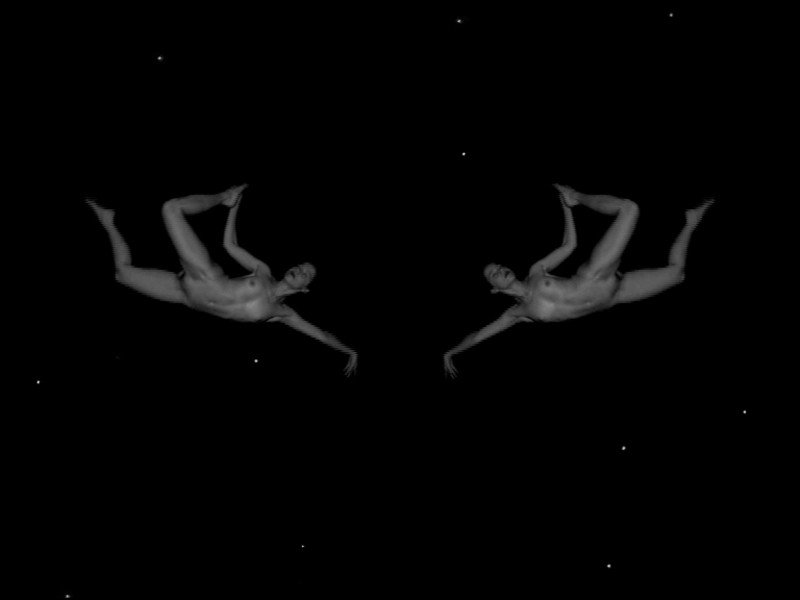
Black
Black takes place in absolute darkness, a radically abstract suspension of all sensual data, except for the artist's body. This blackness plays an active role — not only does it provide a background, but also marks the unfathomable, uncanny space of a dream, but also that of the unconscious; a space where body limits dissolve. Anyway, the film opens with a sequence where the artist covers subsequent parts of her body with black gloves, tights, a sweater – dissolving in that limitless blackness. Then the film introduces and develops classic surrealist motives: the passing through uncanny, narrow passages into subsequent imagined spaces, the motive of blinding (in this case by a long, snake-like rope), that of a shrinking, claustrophobic space and, finally, the close up on a wide open mouth until the scene of a mechanical ballet against the backdrop of a star-studded sky.
Description on the basis of a text by Krzysztof Pijarski.
Aneta Grzeszykowska
(born 1974) She is a creator of photographs, objects, and films. The artist has often worked in a duo with Jan Smaga, which resulted in the well-known architectural photography projects Plan (2003) and YMCA (2005). Grzeszykowska’s individual works mostly concentrate on defragmenting the body and memory.
2007 Black
2008 Ból głowy
2008 Bolimorfia
2011 Dziury
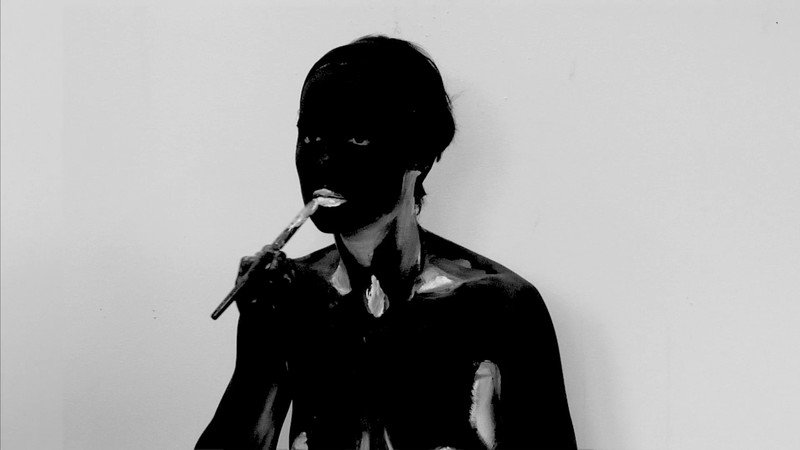
Negative Process
The making of Negative Book in the end of 2012 and the beginning of 2013, has been thoroughly filmed. The footage shows the artist's play with photography as a medium, especially its negative and positive formats. Grzeszykowska uses photography as a tool to alter the visible form of things. Her monochrome negative pictures include scenes from everyday life, portraits, and travel experiences. Before each photo session, Grzeszykowska deliberately covered her body with black paint from head to foot, to become a positive and distinguish herself from the background.
Aneta Grzeszykowska
(born 1974) She is a creator of photographs, objects, and films. The artist has often worked in a duo with Jan Smaga, which resulted in the well-known architectural photography projects Plan (2003) and YMCA (2005). Grzeszykowska’s individual works mostly concentrate on defragmenting the body and memory.
2007 Black
2008 Ból głowy
2008 Bolimorfia
2011 Dziury
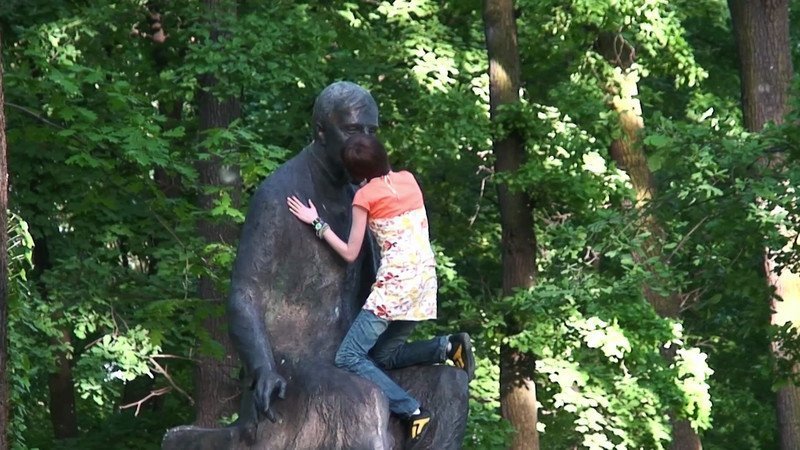
Blog
Blog is a video anthology of the everyday life of a 20-year-old artist. Her perception of the world is shaped by music videos, cartoons and Jackass, rather than the real life experiences. Bored and jaded, she constantly makes things complicated to give life some meaning. She surrounds herself with colors seen in video clips, imitates the behavior of cartoon characters, and develops a YouTube-like sense of humor. When she sticks her head into a hole and pretends that she can't take it out, suddenly the joke turns serious...
Ada Karczmarczyk
(born in 1985) An artist and a graduate of the University of Arts in Poznań, has a BA in Intermedia. She forms a duo Virgin$ Deluxe Edition with Aneta Ptak. She currently lives and works in Warsaw.
2008 Kryzys
2010 Blog
2010 American Girl
